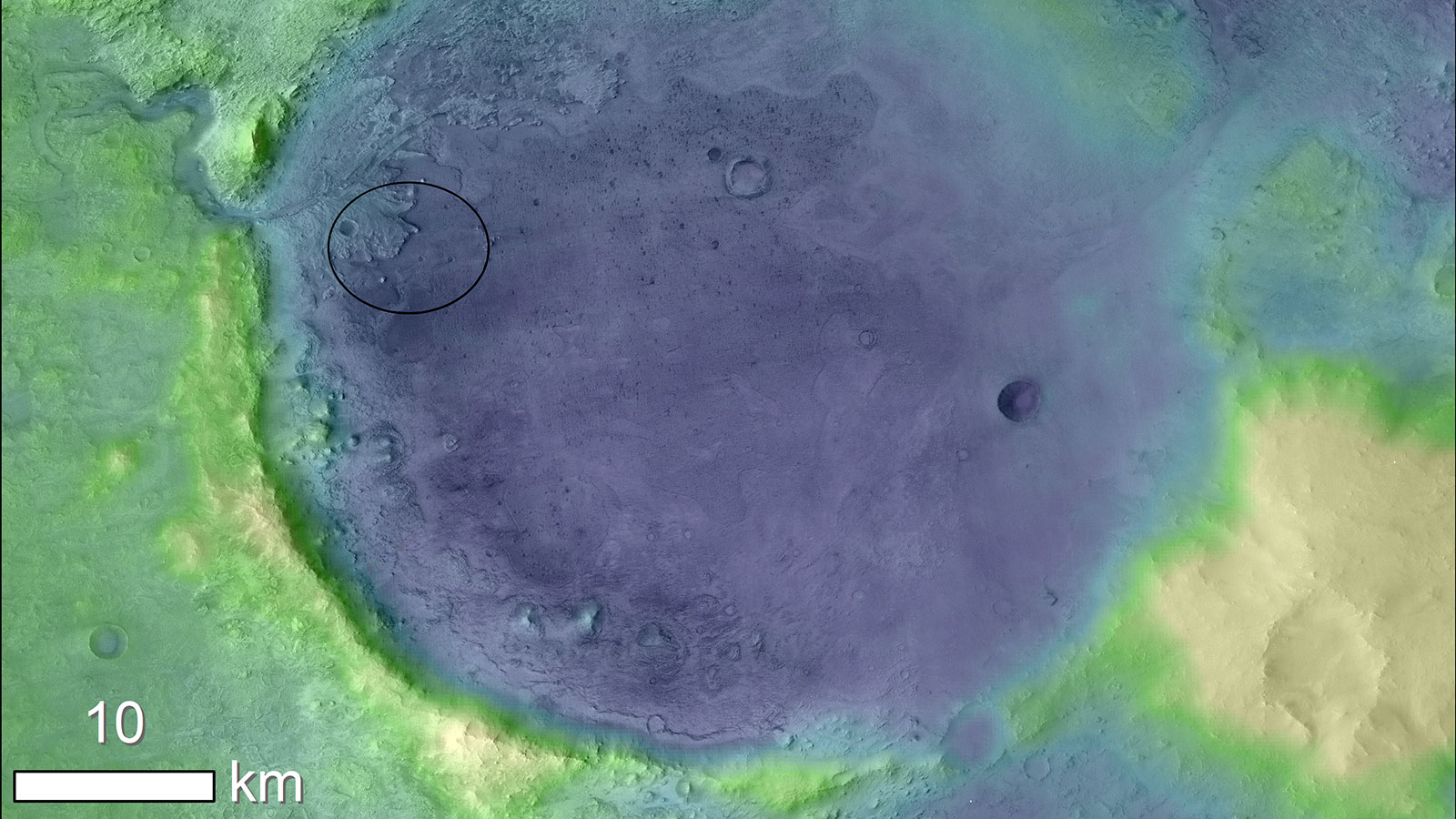Back in November 2018, NASA announced that the Mars 2020 rover would land in the Jezero Crater. Jezero Crater is a geologically diverse area, with an alluvial fan of sediment deposited by an incoming river. That sediment may contain preserved ancient organic molecules, and the deposit is clearly visible in satellite images of the Crater.
But the crater holds something else that has scientists intrigued, something that doesn’t show up so clearly in visible light images: a “bathtub ring” of carbonates, which scientists think could hold fossils.
Continue reading “Mars 2020 Rover is Going to a Place on Mars That’s Perfect for Preserving Fossils”
